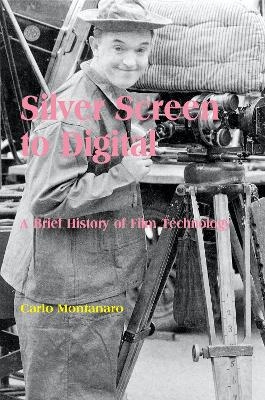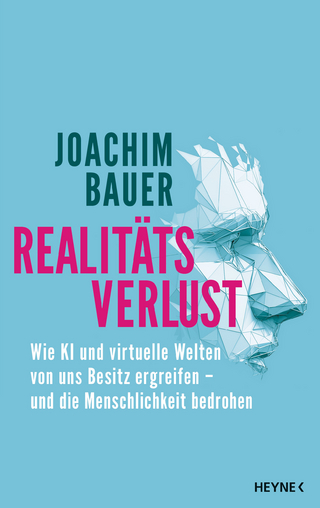
Silver Screen to Digital
John Libbey Publishing Ltd (Verlag)
978-0-86196-746-9 (ISBN)
Perhaps, it is worth the trouble, then, having accepted this transformation-revolution once and for all, to understand where we started out from, how cinematographic language was born and how its grammar first and later its syntax evolved thanks to technological development. Without lightweight equipment for sound recording, sensitive emulsions, portable and compact lighting, it would not have been possible, at the end of the 50s, for example, to create identifiable "currents" of experimentation and concept under such titles as free cinema or nouvelle vague, which were largely based on footage from life and no longer reconstructed in the studio. That which filmmakers today can achieve even more effectively thanks to a range of digital technologies, paradoxically, involves working with even more-minimal equipment such as a smartphone in front of green or blue screens, against absolutely virtual backgrounds. In short: no more silver and more and more pixels.
Carlo Montanaro (1946) has always researched and written about systems for the technological reproduction of images. A former professor and director of the Venice Academy of Fine Arts and Venice Ca 'Foscari University, since 2014, through his Cultural Association Archivio Carlo Montanaro, he runs La Fabbrica del Vedere which houses his collections of films, books, photographs, machinery, artefacts and memorabilia. It is, moreover, a venue for exhibitions, meetings and workshops. As an expert in audiovisual media he is regularly involved in the organisation of exhibitions, festivals and reviews (The Venice Biennale and Film Festival, Pordenone Silent Film Festival), as a writer he has contributed to newspapers, magazines and anthological editions. He founded and edits the periodical All'Archimede.
Chapter One In the beginning, there was a man turning a crank
Chapter Two The invention of celluloid and the first hunters of moving images
Chapter Three Thomas A. Edison: from the Kinetograph to the Kinetoscope
Chapter Four The invention of the Cinématographe Lumière
Chapter Five Méliès and the Wonderbox
Chapter Six Machines and mechanisms
Chapter Seven On and off screen
Chapter Eight Work on the set. The birth of montage and the discovery of the film set
Chapter Nine Camera movements
Chapter Ten Close-ups, details
Chapter Eleven Towards a grammar and a syntax of narrative
Chapter Twelve Silent Movies
Chapter Thirteen Cinema Talks
Chapter Fourteen Cinema and digital
| Erscheinungsdatum | 11.09.2019 |
|---|---|
| Sprache | englisch |
| Maße | 152 x 229 mm |
| Gewicht | 272 g |
| Themenwelt | Kunst / Musik / Theater ► Film / TV |
| Sozialwissenschaften ► Kommunikation / Medien ► Medienwissenschaft | |
| ISBN-10 | 0-86196-746-1 / 0861967461 |
| ISBN-13 | 978-0-86196-746-9 / 9780861967469 |
| Zustand | Neuware |
| Informationen gemäß Produktsicherheitsverordnung (GPSR) | |
| Haben Sie eine Frage zum Produkt? |
aus dem Bereich


